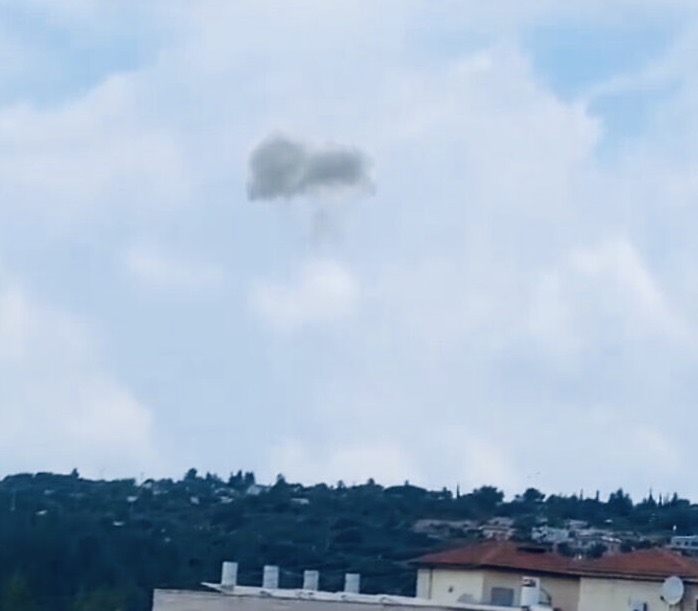How long can Israel tolerate the intolerable status quo along its northern border with Lebanon?
Since October 8, Israel has been embroiled in a low-intensity war of attrition with Hezbollah — Hamas’ ally and Iran’s chief proxy in the Middle East — that has periodically degenerated into a full-scale war.
Hezbollah’s secretary-general, Hassan Nasrallah, has said that the increasingly intense skirmishes will end only after Israel agrees to a long-term ceasefire with Hamas and pulls out of the Gaza Strip. Since Israeli Prime Minister Benjamin Netanyahu has rejected both of these demands as delusional, Israel’s conflict with Hezbollah is bound to continue indefinitely, straining Israeli patience and resources. Israel may therefore try to break the current impasse, with all its deadly consequences.
Hezbollah, the most powerful political and military force in Lebanon, initiated the war in a demonstrable show of solidarity with Hamas only a day after some 3,000 Hamas terrorists from Gaza invaded southern Israel in a murderous rampage that claimed the lives of roughly 1,200 Israelis and foreigners and resulted in the abduction of 250 people.
The invasion emboldened Hezbollah to open a new front, sparking cross-border battles with the Israeli armed forces in an area encompassing mostly southern Lebanon and the northern Galilee.
Since then, Hezbollah and Israel have engaged in daily tit-for-tat armed exchanges that essentially have changed nothing on the ground. Hezbollah has launched 8,500 rockets and drones and several hundred anti-tank missiles at Israeli military bases, kibbutzim and towns such as Kiryat Shmona.
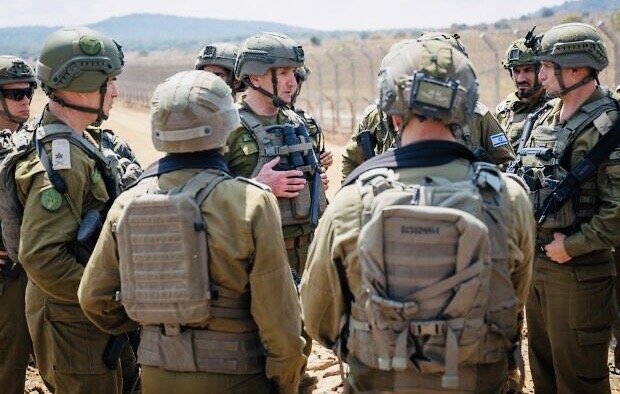
On September 9, in what Israeli chief of staff General Herzi Halevi described as a “serious incident,” a Hezbollah drone crashed into a high-rise apartment building in the coastal town of Nahariya, causing damage but no casualties.
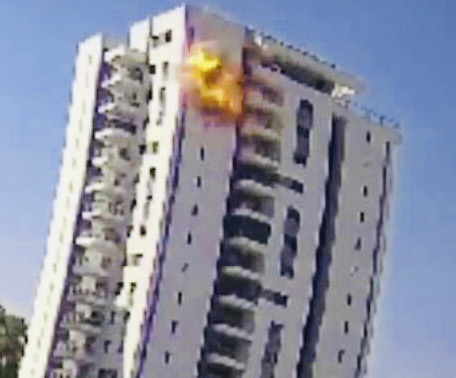
Israel has responded to Hezbollah’s aggression with artillery and tank fire and air strikes. The Israeli Air Force has borne the burden of bombing Hezbollah in retaliatory blows.
After eleven months of warfare, 20 Israeli soldiers and 26 Israeli civilians have been killed. Hezbollah has lost 436 fighters, including more than a dozen commanders. The latest Hezbollah commander to be killed, Muhammad Qassem al-Shaer, a member of its elite Radwan force, was struck by an Israeli drone in the Bekaa Valley on September 10.

In addition, one Lebanese soldier, 78 fighters from Palestinian groups, and dozens of Lebanese civilians have been killed.
The skirmishes have had a profound effect on civilians on both sides of the border.
Fearing that Hezbollah might emulate Hamas and invade the Galilee, Israel ordered the evacuation of residents living within five kilometers of the Lebanese frontier. This was the first time in its history that Israel had resorted to so drastic a measure to protect its population. To Hezbollah and Iran, this pragmatic measure was seen as a sign of weakness.
Approximately 60,000 Israelis have been displaced so far. Relocated to hotels and kibbutzim further south, they have yet to return to their homes, leaving them economically and psychologically depressed.
On the Lebanese side, more than 100,000 Lebanese civilians have been forced to leave their homes.
The war in the north has prompted speculation that Israel may well invade southern Lebanon to push Hezbollah north of the Litani River, a distance of some 30 kilometers from the Israeli border.
Under United Nations Resolution 1701, which was passed after Israel’s month-long war with Hezbollah in the summer of 2006, Hezbollah is obliged to disarm and withdraw its forces beyond the Litani River. Hezbollah has been in flagrant breach of these clauses in the resolution.
Israel is open to a diplomatic solution to defuse tensions, but Hezbollah has shown little interest in one. U.S. diplomat Amos Hochstein has visited the region several times in the last eleven months to resolve the problem, but he has come up empty handed. In the meantime, there has been no letup in the fighting.
According to the Shin Bet internal intelligence agency, Hezbollah has incrementally increased its rocket attacks against Israel this year. Hezbollah fired 334, 534 and 746 rockets at Israel in January, February and March, but since then the numbers have skyrocketed to 1,000 in May, fallen to 855 in June, and jumped to 1091 in July and 1,307 in August.
The situation in the north has led some Israeli politicians to predict that only an all-out war can remove Hezbollah from southern Lebanon.
Nissim Vaturi, a member of Netanyahu’s Likud Party and the Knesset’s Foreign Affairs and Defence Committee, claimed on September 9 that a full-scale war between Israel and Hezbollah is imminent. “There is no other way,” he said, warning that Hezbollah’s stronghold in Dahiyeh, a southern suburb of Beirut, will “look like Gaza” after it is bombed by Israeli aircraft.
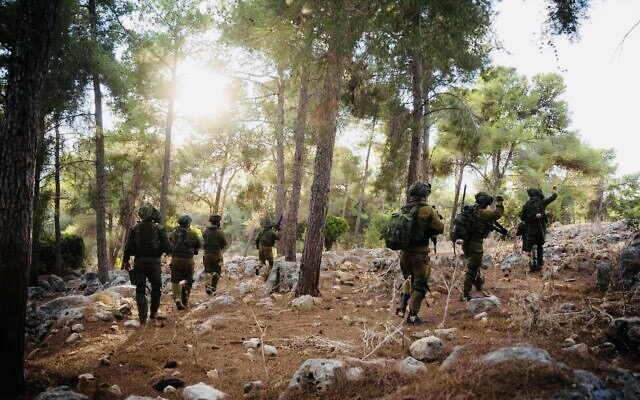
Last week, reservists in the Yiftah Brigade carried out a military drill near the Lebanese border in anticipation of such a war. Halevi said that Israel is “very focused” on Hezbollah and is preparing for an offensive inside Lebanon.
On September 10, Israeli Defence Minister Yoav Gallant said that Israel has begun focusing its attention to the northern front and should prepare for a ground operation there. “The center of gravity is moving to the north,” he said.
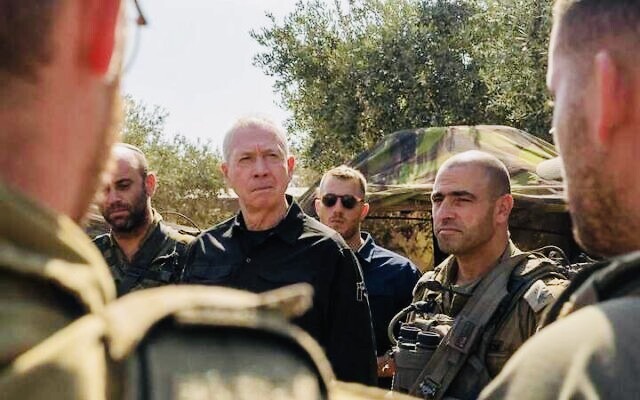
The overarching purpose of an offensive would be to change the calculus on the ground so that the residents of the north can go back to their homes and life can return to normal, he told reservist soldiers.
Benny Gantz, the former minister of defence, has advised Netanyahu to shift Israel’s focus toward Hezbollah and the Lebanese border if a hostage/ceasefire deal with Hamas proves to be unattainable.
“We need to ensure that we can return residents to their homes,” he said, implying that Israel should have attended to this urgent matter much earlier. “We can achieve this goal, even if it requires striking Lebanon itself. Unfortunately, I don’t see another way. The time for (action) in the north has come.”
Israel may well launch an offensive in Lebanon. Hezbollah would react fiercely, and casualties and property destruction on both sides would be horrendous. But this is the price Israel may have to pay to secure a modicum of tranquility along its unstable northern border.
